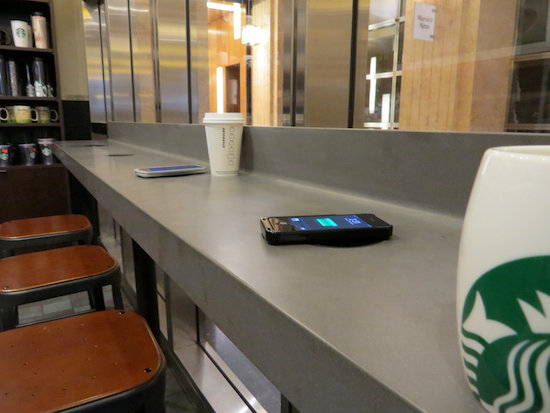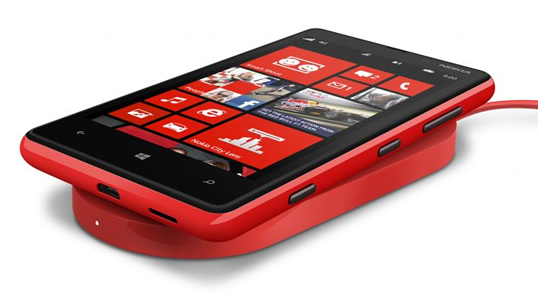The world of technology is advancing at a frightening pace. It is estimated that over 2 billion people around the world are connected to the internet whereas approximately 1.5 billion own both a smartphone and a PC. At the turn of the 21st century Google was just a search engine, helping you to stalk your ex and find recipes for carrot cake, but today Google is one of the biggest multinational companies in the world, with assets of over $110 billion. The next leap in this technological age is one of convenience, one that can keep us connected, turned-on and tuned-in at all times. Wireless Charging, something that seems fairly insignificant at first, has the potential to be so much more.
Wireless charging works through magnetic induction and involves a small device (known as a plate) that creates a short-range electromagnetic field which oscillates around a coil. This field is bound to itself and to a device within range, meaning that you can charge your smartphone or tablet by simply resting it on or near the plate. In an age where most of us own smartphones and tablets, wireless charging has become a must-have, with many technology companies clamoring to create the iconic product for this rising technology.
Wirless power banks for puclic use
One of the companies leading the way in wireless charging technology is Powermat, who created the Power Matters Alliance in an attempt to establish a monopoly in the industry. The PMA is made up of several technology and retail companies, including Proctor & Gamble, Starbucks, AT&T and our old friend Google. Their ambitious plan is to create devices that will not only be available for home use, but will also be used in businesses, retail stores and public venues. Regardless of where you are and what you’re doing, if your phone or tablet needs charging there’ll always be a charging station on hand to help. At least that’s how it works in theory.
Powermat began in 2007 and has been making steady gains ever since. Although not the only player in the market, they have made several movements in the market already, including a recent deal with the fast-food chain McDonalds, which will see their products implemented in over 1,000 stores across Europe; and worldwide installation in The Coffee Bean and Tea Leaf chain of coffee shops. These figures may sound big, but considering that there are nearly 35,000 McDonald’s stores across 116 counties and less than 1,000 “The Coffee Bean and Tea Leaf” stores worldwide there is still a long way to go before the Power Matters Alliance achieve the sort of figures they desire.
This is not just a specialist field for third-party mobile technology companies, the biggest brands in mobile phone technology are also getting in on the act. Nokia, the Finnish communications company that has been at the forefront of mobile design for the last couple of decades — paving the way for many of the devices commonly found today — have their own line of chargers. These tiny and colourful devices work with the range of Lumia phones and can be picked up for a fraction of the price of one of their handsets — slightly more expensive than a wired charger. The restrictions with these charging devices are that they are confined to work with the Lumia phones and other devices are not directly supported.
A Nokia Lumia on a Nokia Charging Plate
Of course, the technology is far from flawless and there are still a number of obstacles to overcome:
- The current range of wireless chargers on the market run the risk of interference with other devices that operate on a similar frequency, and in a business environment that can become a problem.
- The current range of chargers also consume far more power than the more direct and efficient wired chargers. But with the speed at which this technology is advancing it’s surely only a matter of time before these problems are resolved.
The future for wireless charging is bright for both the home and office user. Imagine never needing to search for a charger and never worrying about your battery life. This is not just a technology that can work with your environment, but one that can integrate with it. Desktops, tables and chairs can work with this technology so that whenever you put your phone down, it will be fully charged by the time you pick it up again.
This is truly an exciting technology, and soon the only question on all of our lips will be, “What next?”
This is truly an exciting technology, and soon the only question on all of our lips will be, “What next?”
Posted on 5/7/14













Leave A Comment
You must be logged in to post a comment.